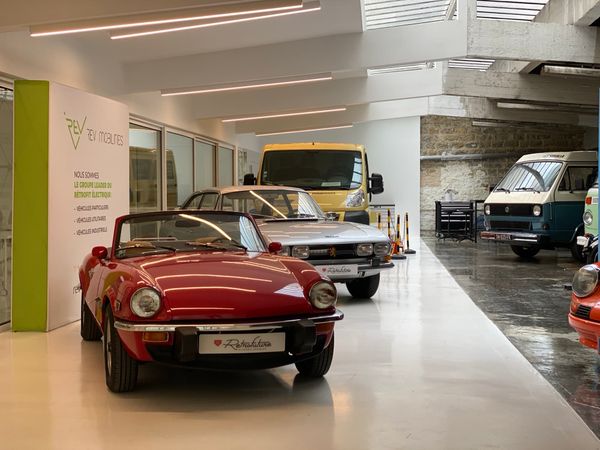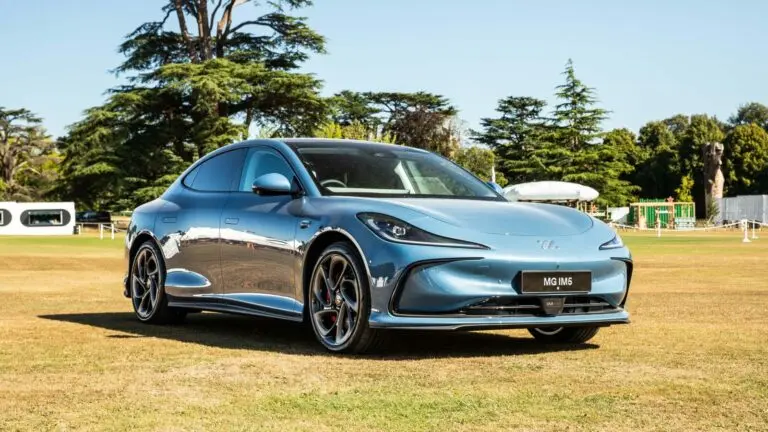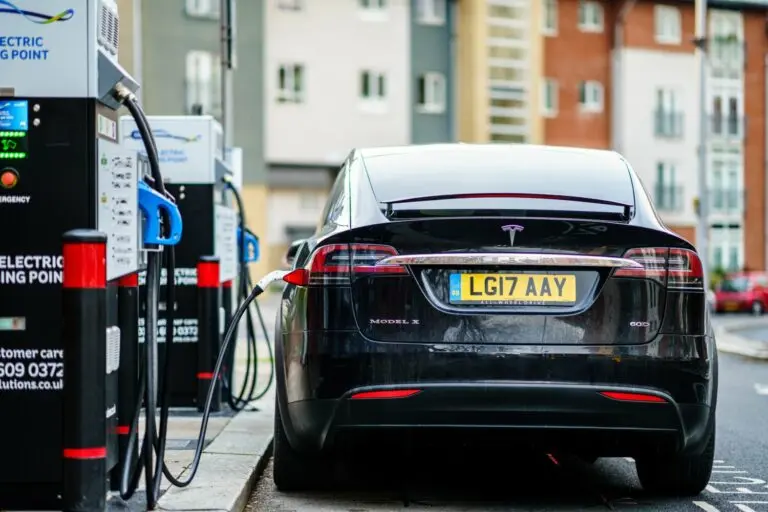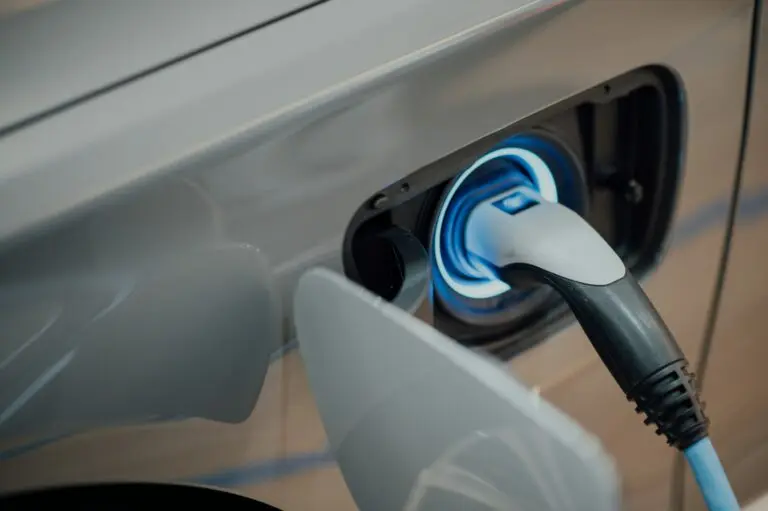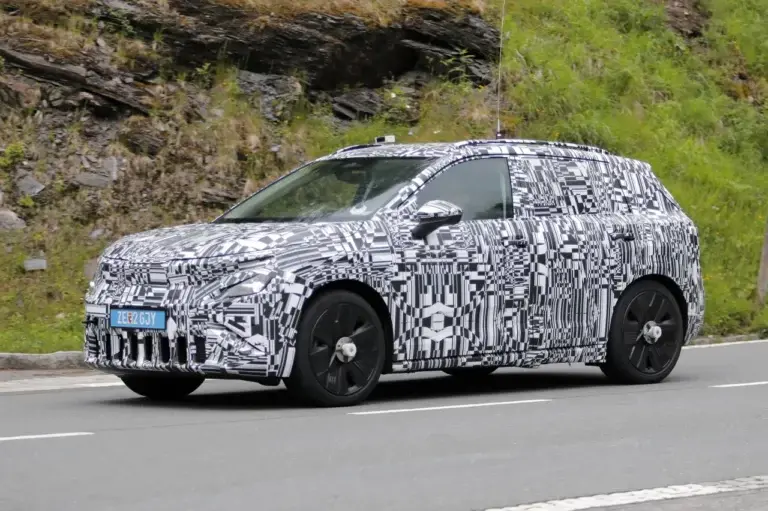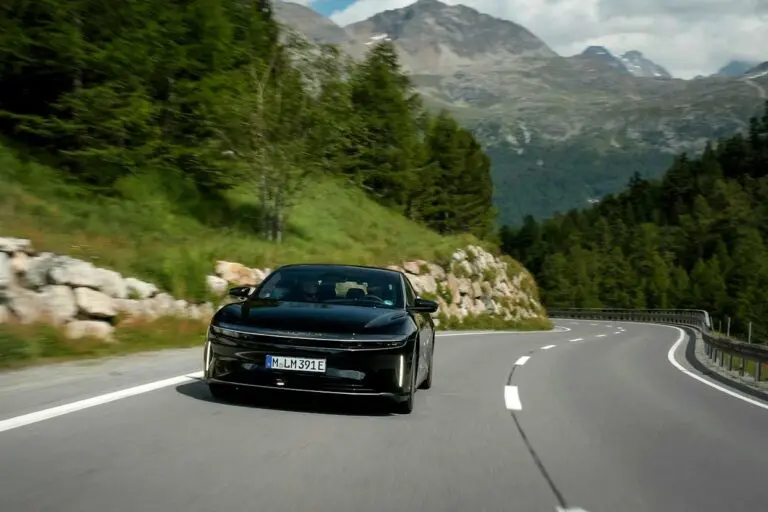Long confined to the margins of electromobility, electric retrofitting, which refers to the electrification of internal combustion vehicles, is attracting more and more private individuals and professionals. Arnaud Pigounides, founder of Retrofuture and a pioneer of the sector in France, talks to ECO MOTORS NEWS about the technical, economic and regulatory challenges that lie behind the vintage elegance of old cars that have been retrofitted with watts.
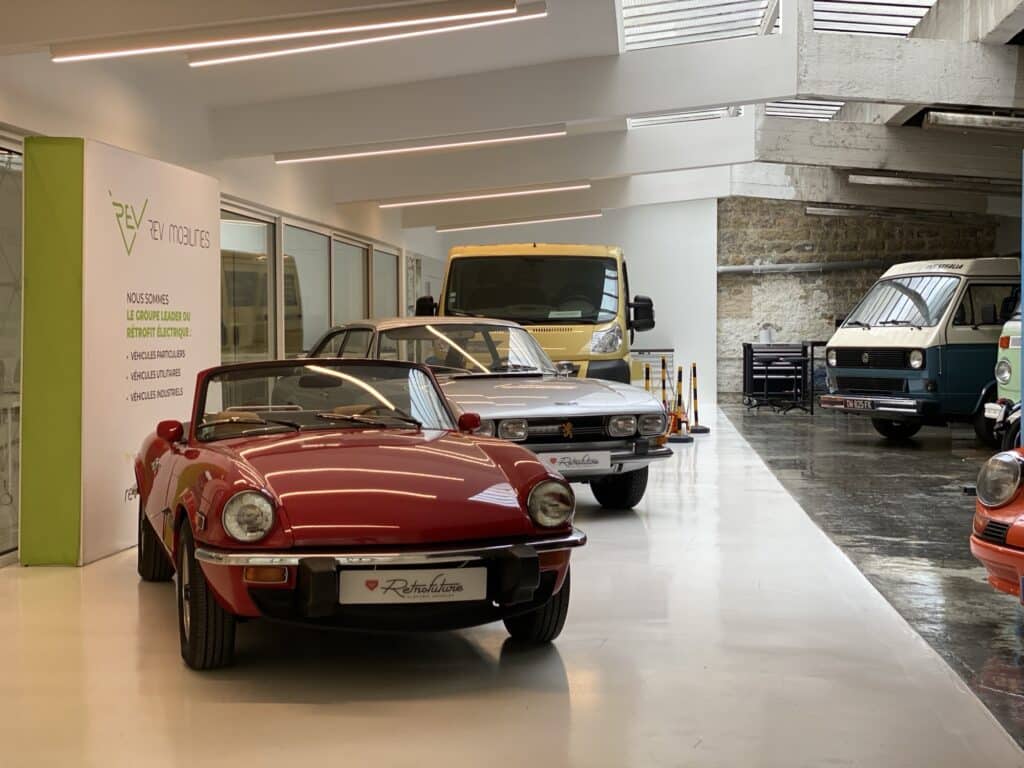
» Retrofitting means keeping the pleasure, but getting rid of the problems « . That’s how Arnaud Pigounides sums up the electrical retrofit of old vehicles. It’s a phrase that perfectly embodies the philosophy of this entrepreneur who, for nearly 10 years and with the launch of Retrofuture, has been giving a second life to old vehicles by replacing their internal combustion engine with a 100% electric motor. At the time, the practice was not even legally regulated in France. Today, it is governed by a strict framework, the fruit of a long process of awareness-raising and industrial alliances. » I was the first to do it in France, long before it was officially recognised. It has its advantages… and its disadvantages « , smiles the man who has now expanded his business by creating the REV Mobilities group, whose activities also include retrofitting buses, commercial vehicles and worksite vehicles.
Electrical retrofitting of older vehicles, for which profiles?
Arnaud Pigounides identifies three main types of customer for classic car retrofits. Firstly, wealthy enthusiasts, often collectors, who want to enjoy their prestige vehicle without the mechanical and environmental constraints of combustion engines. « Then there are those who want to drive a retrofitted Aston Martin or Rolls on a daily basis. These are often people from upper-income brackets, bankers and executives, who also have the internal combustion version in their garage. Then there are the professionals. And not just for recent buses and vans. Hirers of vintage vehicles, which are used for public events, are looking for a retro look while being able to rely on a reliable, economical vehicle that complies with low-emission zones (ZFE). » For example, we have a customer who has converted an old Volkswagen Combi into an electric beer tapping machine for weddings and festivals. It’s economical, reliable and fits into Paris. Finally, the entrepreneur is seeing a new audience emerge: private customers who are convinced that electric retrofitting makes more sense – economically and ecologically – than buying a new vehicle. » Some people would rather retrofit a Fiat 500 or Defender for €20,000 or €30,000 than invest in an electric city car, which can be more expensive and full of electronics, which they consider useless.
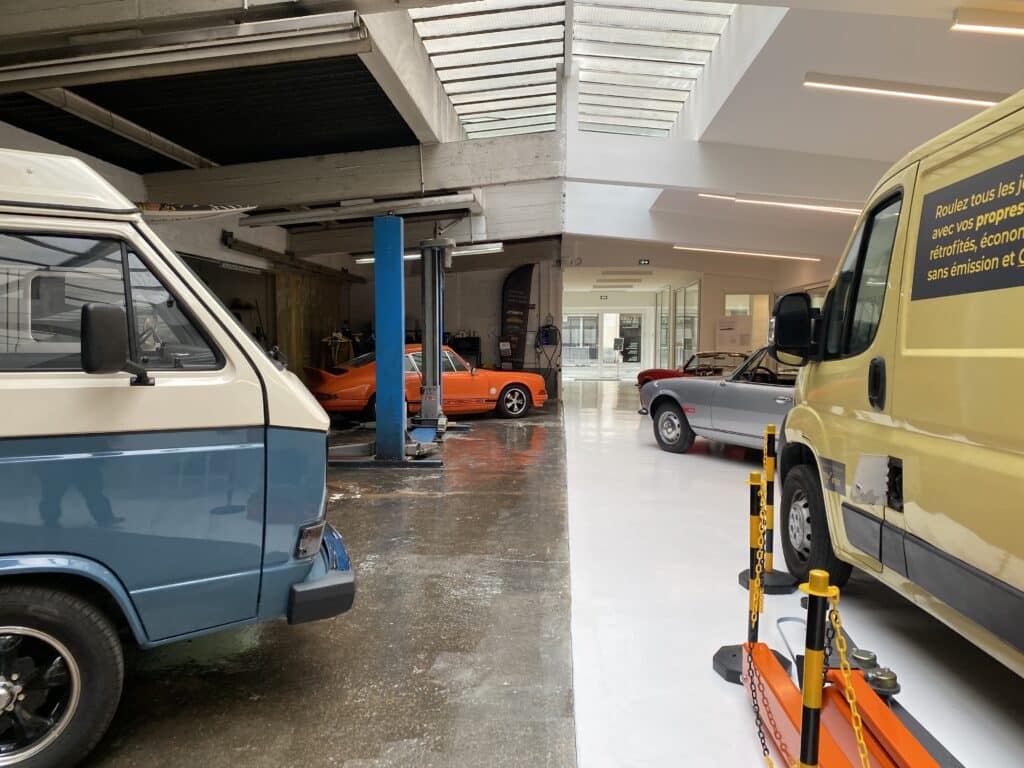
Small steps towards democratisation
Despite its potential, retrofitting remains a niche sector. The main obstacle to large-scale expansion? Speed. You don’t retrofit a car the same way you change a tyre – you may have to wait six or even nine months. Behind this difficulty lies the sinews of war: money. » We can’t stock kits in advance in every garage. A stock of 1,000 kits at €20,000 each means €20 million tied up. No French player yet has this capacity « . Especially when the vast majority of customers use a third party to finance their purchase on credit. For the moment, then, the cash in the coffers of retrofitters doesn’t allow them to move any faster.
Another obstacle is certification. Each kit has to be certified for a specific model. » Even between a Citroën Jumper and a Renault Master, you can’t use exactly the same batteries. Three centimetres difference in the chassis and everything changes « . As a result, only a few models, chosen by each retrofitter according to its suppliers, are available today.
But can we ever imagine a universal kit, adapted to any model? Modular batteries and adaptable engines are being studied, but 100% standardisation is out of the question: » A 2CV can’t be fitted with a 200bhp engine. You have to respect the structure and weight of the vehicle.
European harmonisation, for which Arnaud Pigounides and his colleagues are currently fighting, could also make a big difference. » Today, a Fiat 500 bought in Portugal and retrofitted in France is only approved for France. This is absurd. In 2026, we’ll have common regulations, at least for commercial vehicles and heavy goods vehicles. That will open up the market. Then, we hope, it will be extended to all vehicles « .
There is also one final difficulty, but above all it is the guarantee for the customer that he is buying a vehicle that will stand the test of time and not be a financial drain: the ten-year guarantee. Then, unlike some foreign retrofitters who install second-hand batteries and motors from damaged vehicles, in France we use new batteries made to order and motors specially designed for electrical retrofitting. No do-it-yourself, which is reassuring, but it is also a further brake on rapid large-scale development in Europe.

Revenge for the unloved, without the smell of petrol
Retrofitting is also an opportunity to give cars that have been unfairly sidelined a second lease of life. At Rétrofuture, the focus is on forgotten models from the 80s and 90s. » There ‘ s a huge demand for Jaguar XJs, even Rolls-Royces from the 90s. These cars were disparaged because of their engines and their ratings are relatively low, but once electrified, they become desirable, reliable and unique.
The same goes for small convertibles, which, with very few exceptions, are now shunned by manufacturers who prefer to produce SUV after SUV. By retrofitting MGBs or Triumph Spitfires, an entire lifestyle and driving philosophy can be revived.
So, is retrofitting a viable solution? According to Arnaud Pigounides, the answer is yes, as long as you understand its limits and potential. Retrofitting won’t replace mass production by manufacturers, but it does offer a credible alternative for specific uses, targeted populations and, above all, more rational mobility. » The average daily journey for a French person is 20 km. Our customers aren’t looking to tour France. So why buy a new vehicle that you don’t like, when you can have a car that looks good, is electric, reliable and doesn’t smell of petrol ? In short, it’s a way of reconciling the past and the future on four wheels.

